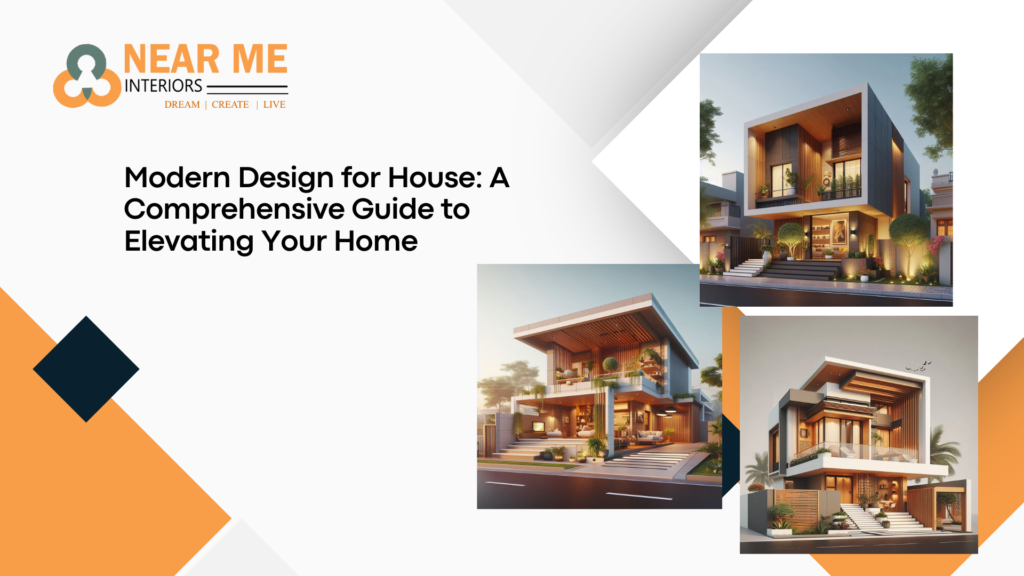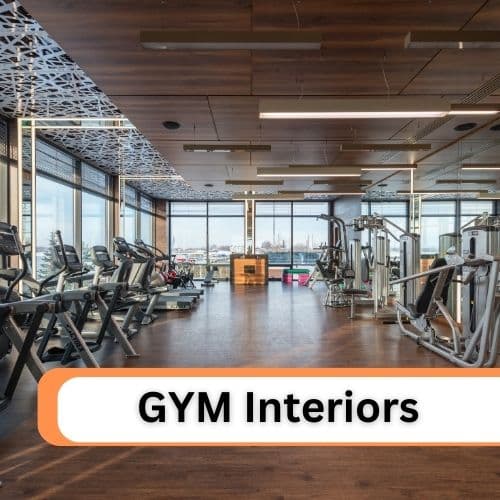Modern design for houses has evolved to be much more than just aesthetics; it is a lifestyle choice that emphasizes functionality, sustainability, and simplicity. With clean lines, open spaces, and innovative materials, modern homes create environments that are both practical and inspirational. In this article, we will explore various aspects of modern house design that can help you create a space that is not only beautiful but also efficient and environmentally conscious.
What is Modern House Design?
Modern house design refers to a distinct architectural style that emerged in the first half of the 20th century. It broke away from traditional, ornate design features and embraced a minimalist aesthetic that emphasizes form over excessive decoration. Modern homes often feature flat or low-pitched roofs, large windows, open floor plans, and integration with nature.
The concept of modern design prioritizes clean lines, neutral color palettes, and natural materials like wood, glass, and steel. These homes often boast energy-efficient features and focus on sustainability.
Key Elements of Modern House Design
1. Open Floor Plans
One of the hallmarks of modern house design is the use of open floor plans. Unlike traditional homes that feature distinct rooms separated by walls, modern homes often have large, expansive spaces that flow into one another. This design fosters better communication and visibility across the home, creating a sense of openness.
Open floor plans are ideal for entertaining guests, as they offer flexible layouts that can accommodate large gatherings. The kitchen, living room, and dining areas are often merged into one large space to enhance the feeling of connectivity. Natural light can easily move throughout these spaces, making the home feel brighter and more welcoming.

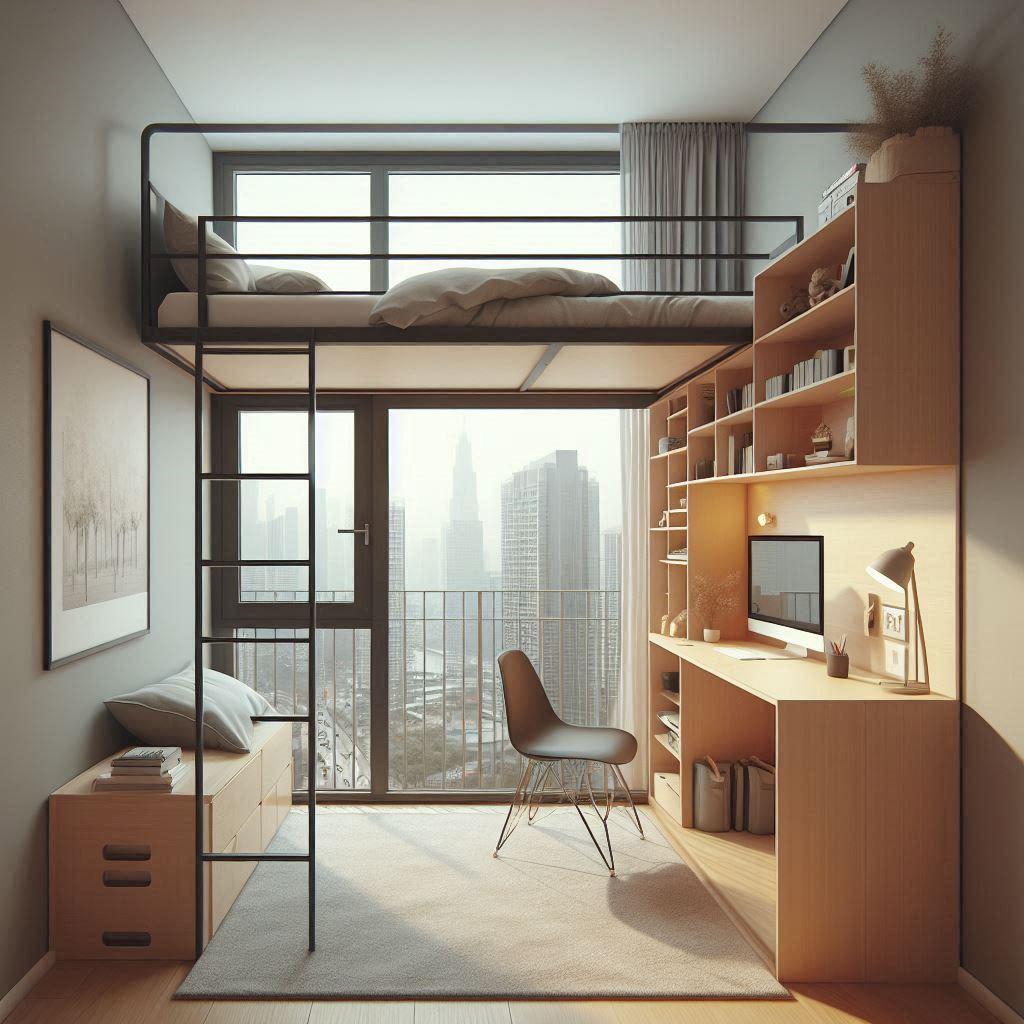
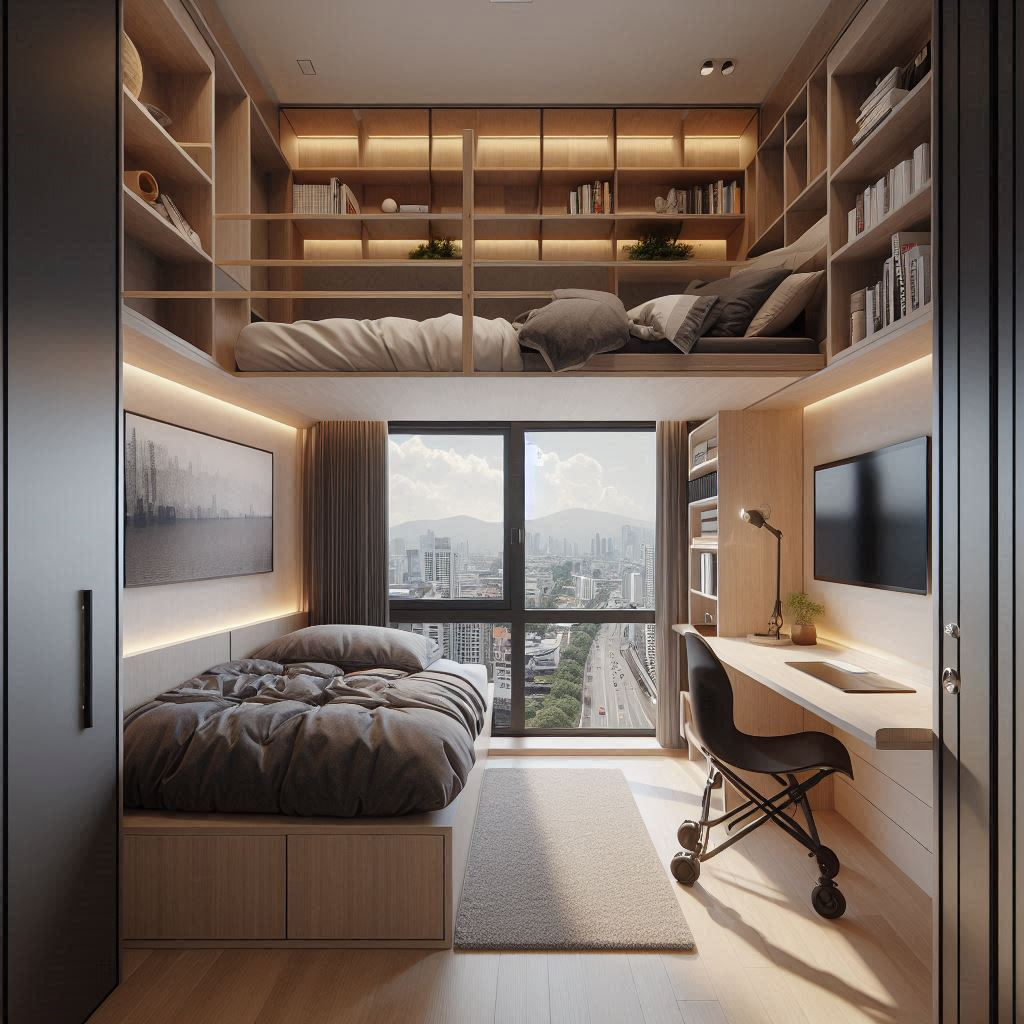
2. Emphasis on Natural Light and Large Windows
Another critical feature of modern design is the use of large windows that allow natural light to flood into the home. These expansive windows often stretch from floor to ceiling and offer spectacular views of the surroundings. The use of natural light not only enhances the beauty of the interior but also reduces the need for artificial lighting, making the home more energy-efficient.
Incorporating large windows also connects the indoor space with the outdoor environment, blurring the lines between inside and outside. This integration with nature is a core principle of modern house design, fostering a harmonious living environment.
3. Minimalist Aesthetic
The phrase “less is more” is central to modern house design. Unlike traditional designs that feature intricate details, modern homes are characterized by simplicity. Clean lines, smooth surfaces, and uncluttered spaces are essential aspects of the aesthetic.
Modern homes typically use a neutral color palette, featuring whites, grays, and blacks, often complemented by natural wood tones. This allows for a timeless look that can easily be updated with accessories or accent colors without requiring major renovations.
4. Use of Sustainable Materials
Sustainability is increasingly becoming a priority in modern design. Homes that focus on sustainable materials like recycled wood, energy-efficient glass, and natural stone can significantly reduce their environmental footprint. These materials are often locally sourced to minimize transportation emissions, and they also tend to be long-lasting, reducing the need for replacements.
5. Innovative Technology Integration
Modern homes embrace smart technology to enhance efficiency and convenience. From smart thermostats and energy-efficient lighting systems to advanced home security systems, technology is seamlessly integrated into modern designs. Home automation allows homeowners to control various systems with a smartphone or voice-activated devices, creating a streamlined and futuristic living experience.
Technology also contributes to energy savings. Smart home devices can learn your habits and adjust heating, cooling, and lighting to save energy when it’s not needed.
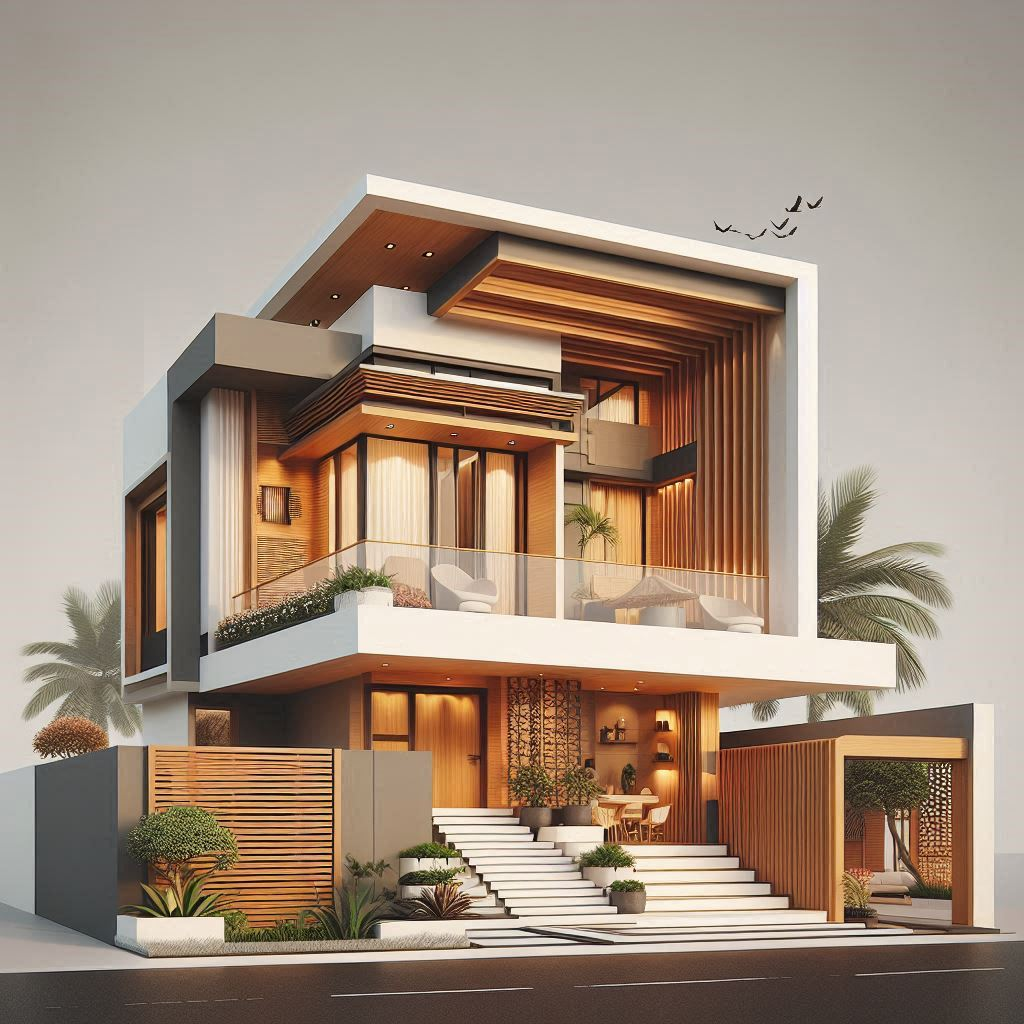
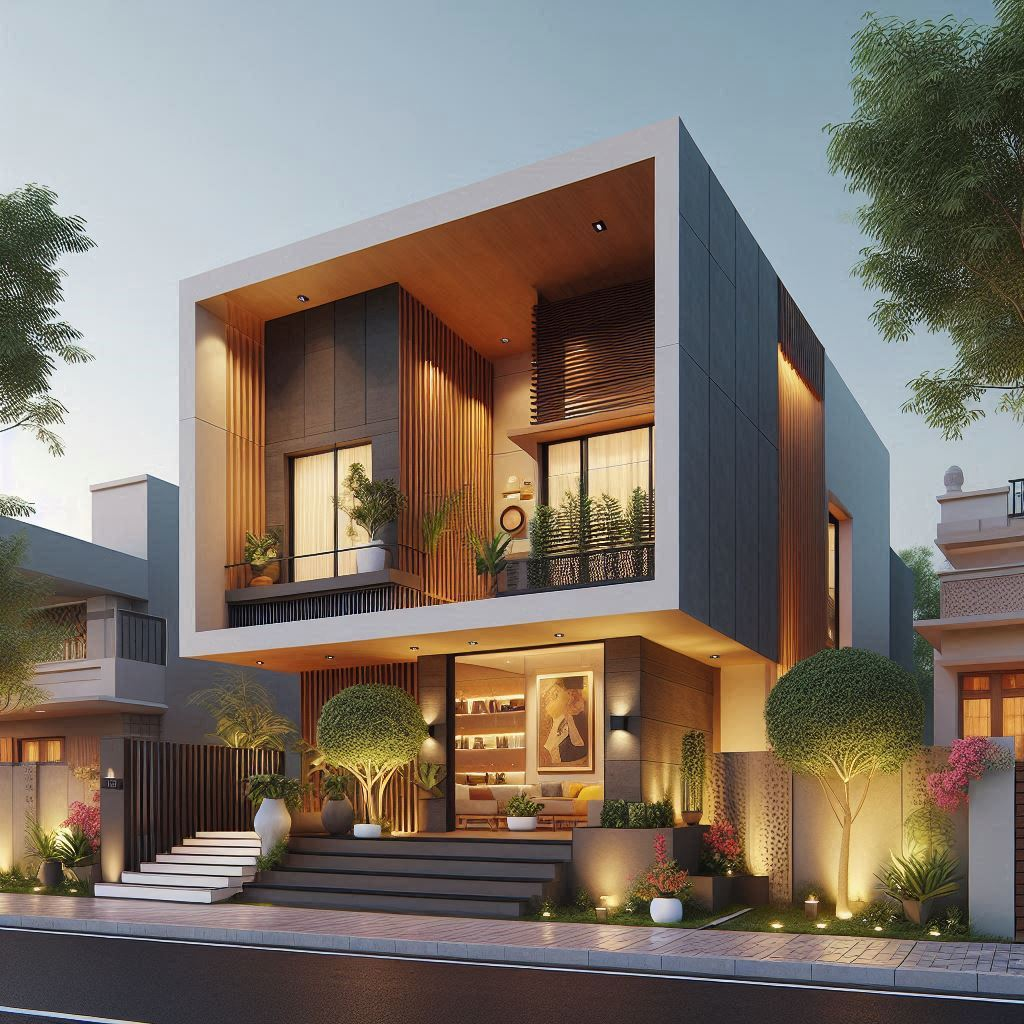
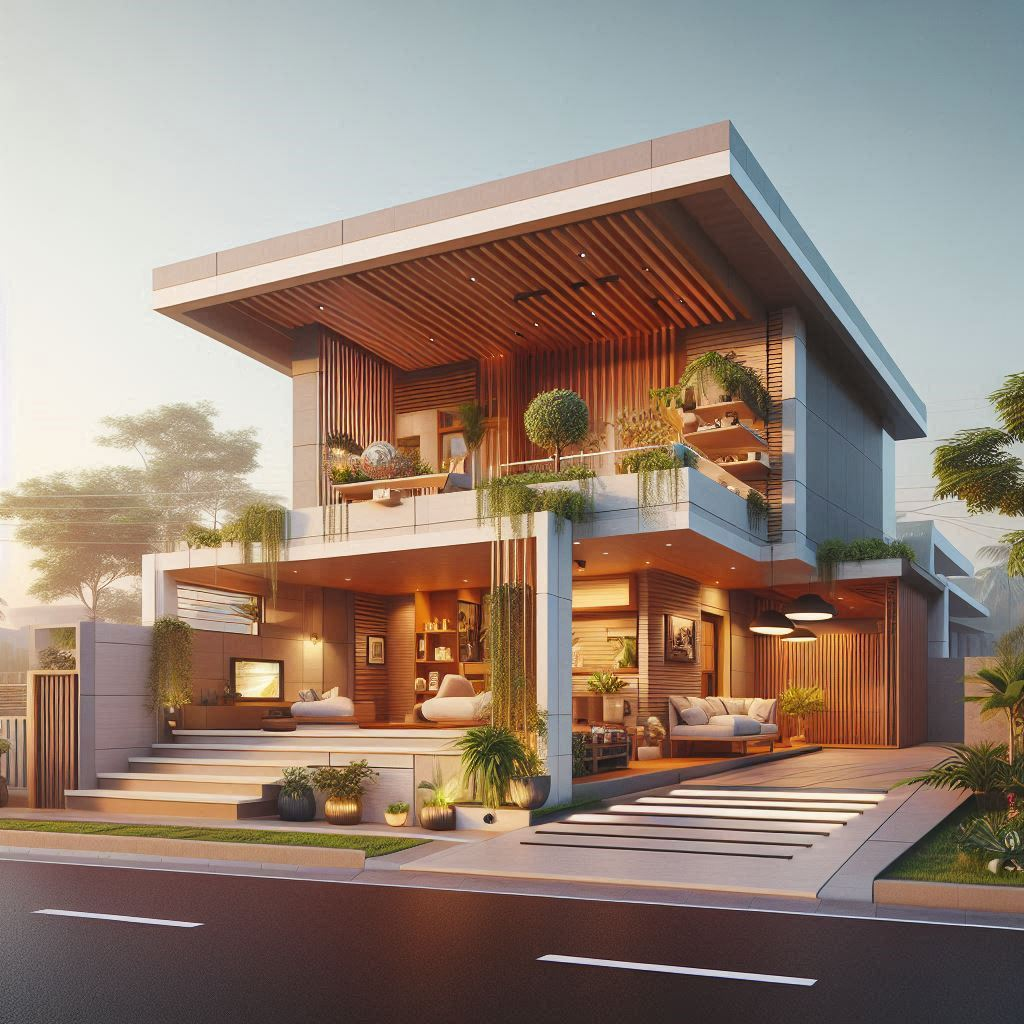
6. Functional and Flexible Spaces
The functionality of spaces is a key feature of modern house design. Every square foot of the home is used efficiently, with an emphasis on multi-functional spaces. Modern homes often feature flexible rooms that can serve multiple purposes, such as a guest room that doubles as a home office, or a living room with hidden storage that can transform into a study area.
Built-in storage solutions are another critical aspect of modern design. These solutions maintain the minimalist aesthetic by reducing clutter, yet they provide ample storage to keep the home organized.
Sustainable Features in Modern Homes
Incorporating sustainability into modern house design goes beyond the materials used. Energy efficiency and environmental responsibility are essential components of modern architecture. Below are some sustainable features commonly found in modern homes:
1. Solar Panels
Solar energy has become a mainstream feature in modern homes, as more homeowners seek to reduce their dependence on non-renewable energy sources. Solar panels can generate electricity or heat water, dramatically lowering utility bills and reducing the home’s carbon footprint.
2. Energy-Efficient Appliances
Modern homes often include Energy Star-rated appliances that use less electricity and water than their traditional counterparts. These appliances, along with energy-efficient lighting systems like LED bulbs, help lower the overall energy consumption of the home.
3. Green Roofs and Landscaping
Green roofs, which involve planting vegetation on the roof, help regulate the home’s temperature, reduce rainwater runoff, and improve air quality. Coupled with sustainable landscaping techniques that use native plants and water-conserving irrigation systems, modern homes can significantly reduce their environmental impact.
4. Insulation and Ventilation
Good insulation and ventilation are key to a modern home’s energy efficiency. Proper insulation keeps the home warm in the winter and cool in the summer, reducing the need for excessive heating and cooling. Additionally, modern designs often include natural ventilation systems that allow for air circulation without the need for mechanical systems.
Modern House Design: Outdoor Integration
A hallmark of modern house design is the integration of outdoor living spaces. Whether it’s through a large patio, a rooftop terrace, or floor-to-ceiling windows that open directly onto a garden, modern homes are designed to extend the living area to the outdoors. Biophilic design—which incorporates natural elements into the home—enhances mental well-being by creating a direct connection with nature.
Many modern homes also incorporate outdoor kitchens, lounge areas, and fire pits, making the exterior of the house just as functional and stylish as the interior. The seamless flow between indoor and outdoor spaces can make a smaller home feel much larger.
- Best Cafe Interior Design in Lake Town Shree Bhumi
- Best Office Design Interior Design in Kolkata for Corporate & Startups
- ABID INTERIORS 2026 – Step Into a World Where Design Speaks: Redefines the Future of Interior Design
- Interior Shop Near Me: Where to Buy the Best Interior Materials
- Interior 3D Designers Near Me: Why 3D Visualization Is Essential Before Starting Any Project
Modern Design for Small Homes
Modern design principles are not reserved for large homes alone. Small modern homes can utilize the same principles of open spaces, minimalism, and functionality. The use of light colors, reflective surfaces, and clever storage solutions can make a small space feel much more expansive.
For example, in a small modern home, multifunctional furniture like sofa beds or fold-out tables can maximize space efficiency. Large windows and open layouts can also make compact spaces feel more connected to the outside world, enhancing the sense of openness.
Conclusion: Embrace Modern Design for a Better Living Experience
Modern house design by Near Me Interiors is a timeless style that blends simplicity, functionality, and sustainability. Its emphasis on open spaces, natural light, and clean lines creates a sense of harmony and tranquility within the home. Whether you’re designing a small city apartment or a large suburban house, modern design principles can help you create a space that reflects your lifestyle while remaining practical and eco-friendly.

